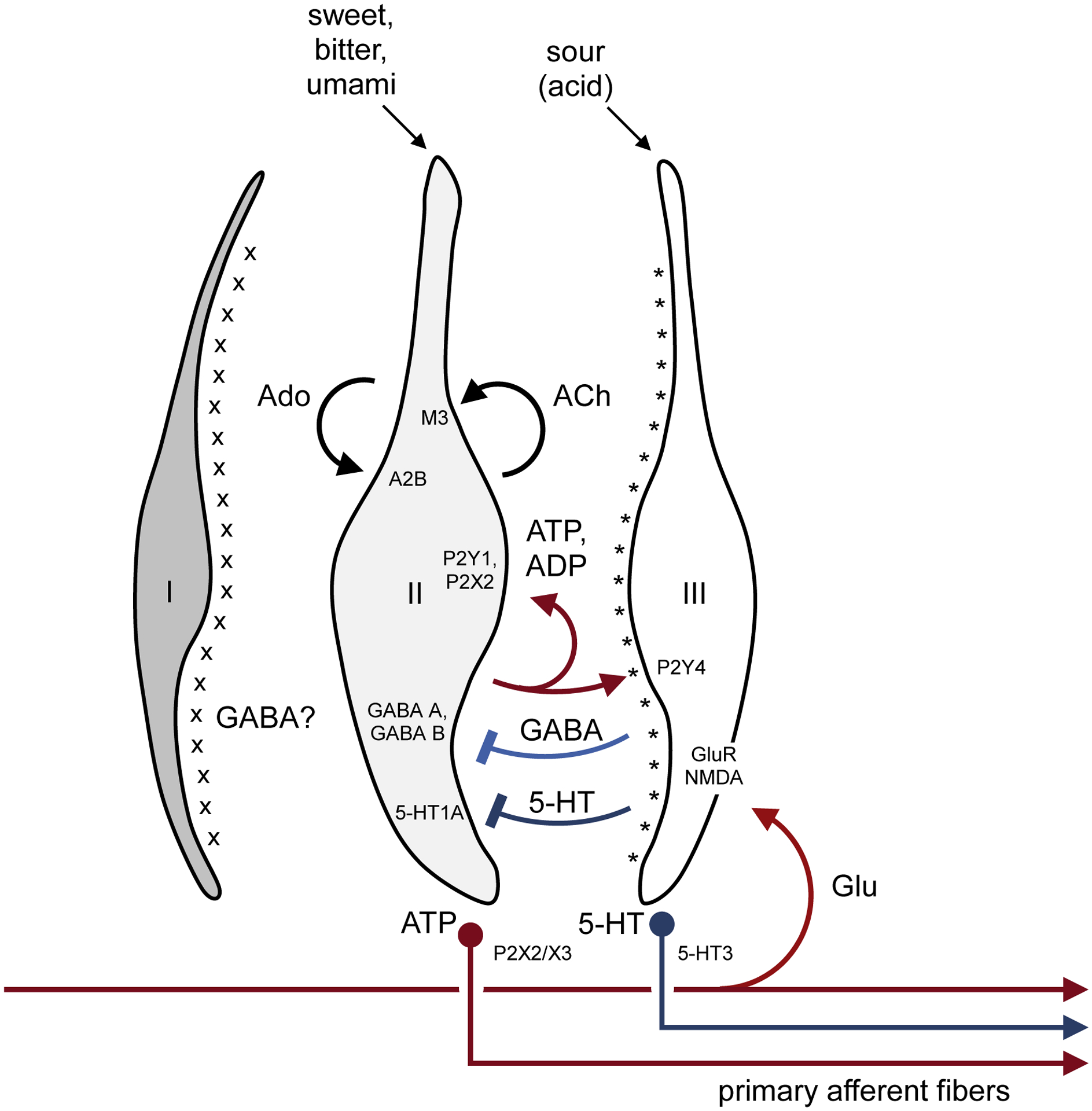FIGURE 2. Schematic diagram summarizing feedforward and feedback signaling in mammalian taste buds.

The diagram shows the three principal types of taste bud cells. Type I cells express NTPDase2 on their surface (x). NTPDase2 is an ecto-ATPase that degrades ATP released during taste excitation. Type II cells express G protein–coupled taste receptors for sweet, bitter, or umami taste compounds. Taste stimulation evokes ATP secretion from Type II cells. By activating P2Y and P2X purinergic receptors, ATP excites (a) gustatory primary afferent fibers (shown at bottom), (b) neighboring Type III taste bud cells, and (c) (via autocrine feedback) Type II cells, as shown above in red. ATP released during taste stimulation is degraded to ADP and adenosine (Ado), both of which along with ATP serve as autocrine positive feedback signals. Type II cells also release acetylcholine (ACh) as autocrine feedback. Type III cells make synaptic contacts with nerve fibers and secrete serotonin (5-HT) (and norepinephrine, not shown). Type III cells also release GABA when stimulated by acids (sour tastants). GABA and 5-HT from Type III cells inhibit Type II cells, shown above in blue. Type III cells also express ecto-nucleotidases (*), NT5E and prostatic acid phosphatase, that convert AMP to adenosine. Lastly, glutamate, possibly released from axon collaterals of primary afferent fibers or efferent innervation [40,41], activates Type III cells. Not shown are gustatory primary afferent fibers with branches that innervate both Type II and Type III taste cells [46]. Receptors for ATP, ADP, adenosine, acetylcholine, GABA, glutamate, and 5-HT are identified in the target sites. For clarity, peptidergic interactions have been omitted. From ref [42].
